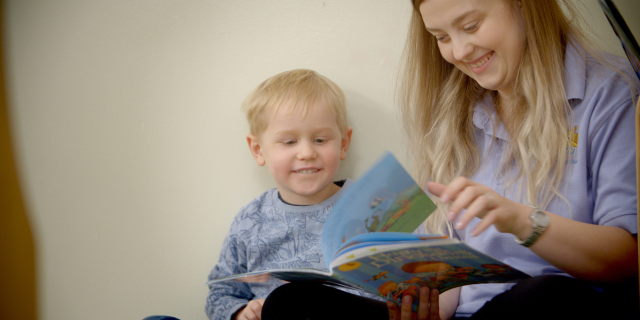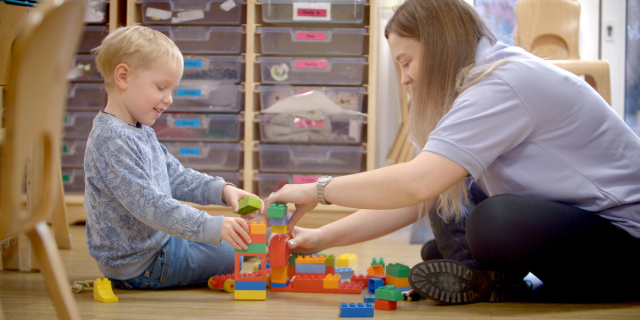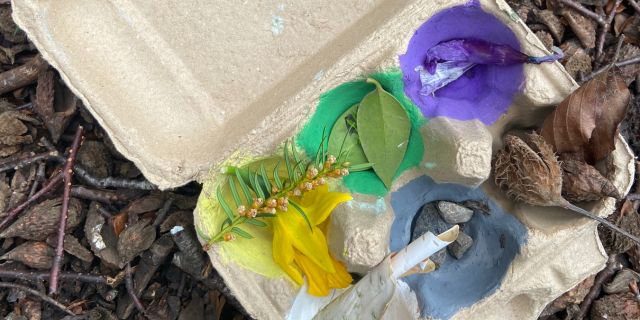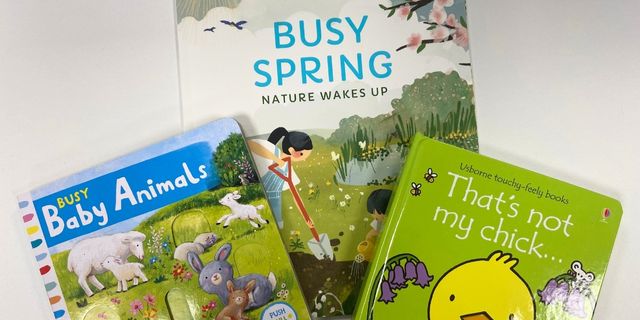Blog
Loose Parts Play for Toddlers
Blog
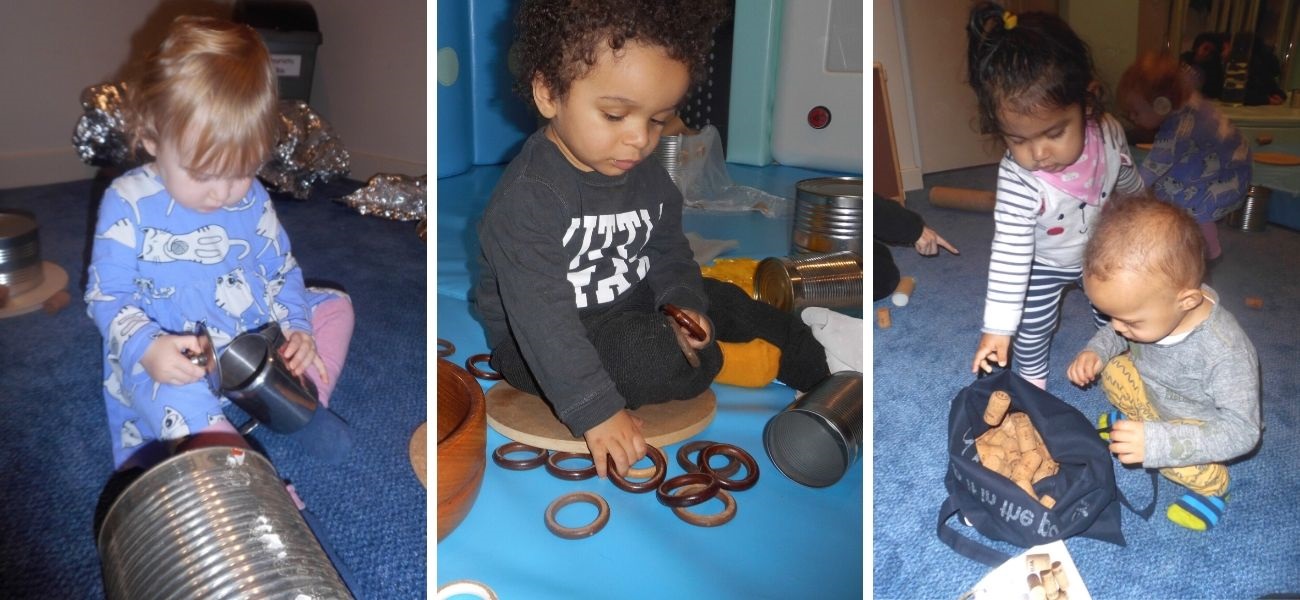
Loose Parts play provides opportunities for children to learn through investigation, discovery and experimentation. Whilst doing so they are using all their senses in a way that captures their curiosity and imagination. This motivates them to explore the effect of their actions on objects, providing a foundation for future problem solving. As well as, scientific and mathematical learning.
What is Loose Parts Play?
We all know of the scenario, where your child is interested in the box more than the toy it came in. This is because the child is able to control their own play, rather than following the objective the toy is made to achieve. For example, if you provide your little one with a tin of mixed buttons, they will spend a long time sorting and arranging them by size or colour. Or using them to create artwork or incorporate it within other activities of their own creation.

How to create Loose Parts Play at home?
Just like the play itself, the object that can be involved in loose part play is open ended! The key is to make sure that the items do not have any predetermined use. It is best if you can provide your child with as many of the same item as possible.
You can even have a theme to your loose parts play, here are a few of our favourite loose parts play ideas:
- Natural Loose Parts Play – pebbles (make sure they are large enough to not pose a choking hazard), leaves, pine cones or twigs
- House hold Loose Parts Play – cotton reels, curtain rings, buttons or pegs
- Large Scale Loose Parts Play – pots, tins, cardboard boxes or tubs
- Sensory Loose Parts Play – playdough, slime, mud, or water
Please make sure all items are clean and do not pose any hazard to your child’s safety.
Once you have collected your resources, introduce them to your child and sit back to see where their imagination takes them! They may want you to get involved in their games or would like to introduce other recourse to their play. Such as, a mug tree to hang the curtain hooks on or to use their play dough utensils in their water play.
Your should give your child access to their loose parts to play and incorporate within their activities whenever they want. You can store them in baskets or provide your child with a lunch box or something with sections. So, they can decide how they want to sort the parts into compartments.
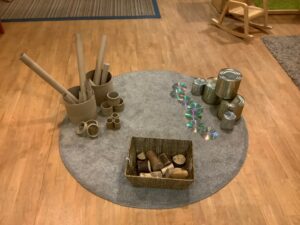
What are the benefits of Loose Part Play?
There are so many benefits to providing open ended loose part resources to your little one. Loose parts resources help you to build an environment full of interesting objects to support your child’s creativity and invention. Due to the infinite variations of play that your child can come up with, this means they will always have an interest in loose parts play. The ability to move, modify or mould their play as well as the materials to meet their individual requirements, means resources are adaptable to all ages and stages of development.
Likewise, it is impossible to use a loose part in the ‘wrong’ way so your child will not experience a sense of failure for not meeting a required outcome – because there isn’t one! The reverse also applies, your little one can experience a huge sense of personal achievement for reaching the goals of their play. As well as, gain the thrill and achievement of discovery and experimentation.
At Kiddi Caru Day Nurseries Group, all our resources supplied to the children in our care are acquired and provided to support the learning outcomes of the Early Years Foundation Stage:
Decision Making
Loose Parts play allows a child to decide what to do and how to do it! The large range of materials and resources enables each child to explore and investigate differently with no preconceived outcomes.
Problem Solving
A child will be able to freely explore – “What is this?” “What can I do with it?” “Where will it fit?” “Why won’t it fit?” “What happens if I..?”
Children have been observed investigating for an hour at a time and no two games will ever be the same.
Concentration & Perseverance
The plentiful supplies allow children to play uninterrupted without frustration and with no fear of “failing”. They will attempt tasks such as stacking and posting over and over again until they succeed, find an alternative solution or occasionally turn to an adult for support.
Early Concepts
Through filling, tipping, building, rolling, fitting, sorting etc, a child is beginning to make vital brain connections about the world around them as well as gaining an understanding of early mathematical concepts such as volume, capacity, spatial awareness, quantities, length, shape and more.
Physical & Social Development
Loose Parts play works the body as well as the brain! Large muscles will be exercised in a variety of ways such as transporting the larger containers, rolling and stacking. The fine motor skills will be used as the child manipulates and handles smaller objects such as pegs, chains and large buttons.
We would love to see the Loose Parts Play resources you put together and the fun you little one has with them. Make sure to tag us in on Facebook, Twitter and Instagram with the hashtags #LooseParts
Share this article
Related blog/news
Swipe to see our latest articles.
